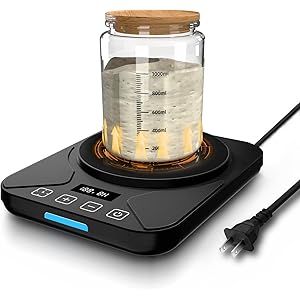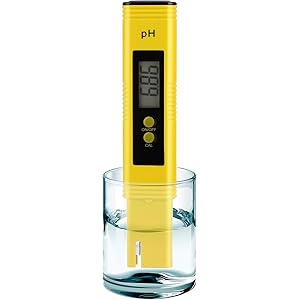Understanding Yeast Alternatives
When exploring the question of what are alternatives to yeast, it is essential to recognize that yeast plays a crucial role in fermentation and leavening processes. However, various substitutes can effectively replace yeast in recipes, especially for those with dietary restrictions or preferences. These alternatives can provide similar textures and flavors, ensuring that baked goods and other dishes remain enjoyable.
Baking Powder as a Yeast Substitute
Baking powder is one of the most common alternatives to yeast. It is a chemical leavening agent that contains both an acid and a base, which react when moistened and heated, producing carbon dioxide gas. This gas causes dough to rise, similar to the action of yeast. When using baking powder, it is important to follow the recipe closely, as the ratios and timing can differ significantly from those used with yeast.
Baking Soda and Acid Combinations
Baking soda, when combined with an acid such as vinegar, lemon juice, or yogurt, can serve as an effective substitute for yeast. The acid reacts with the baking soda to produce carbon dioxide, which helps leaven the dough. This method is particularly useful in quick breads and pancakes, where a rapid rise is desired. The key is to ensure that the right balance of baking soda and acid is maintained for optimal results.
Sourdough Starter as a Natural Alternative
Sourdough starter is a natural leavening agent that contains wild yeast and lactic acid bacteria. It can be an excellent alternative to commercial yeast, providing a unique flavor profile and texture to baked goods. To use sourdough starter in place of yeast, one must adjust the hydration levels and fermentation times in the recipe. This method not only replaces yeast but also enhances the nutritional value of the final product.
Commercial Yeast Substitutes
There are also commercial yeast substitutes available on the market, designed specifically for those who cannot or choose not to use traditional yeast. These products often contain a blend of enzymes and other leavening agents that mimic the effects of yeast. When using these substitutes, it is crucial to follow the manufacturer’s instructions for the best results, as they may vary in potency and usage compared to regular yeast.
Eggs as a Leavening Agent
In certain recipes, eggs can act as a leavening agent, providing structure and stability to baked goods. When whipped, eggs incorporate air, which can help achieve a light and fluffy texture. This method is particularly effective in cakes and soufflés. While eggs do not replicate the fermentation process of yeast, they can be a suitable alternative in recipes where the primary goal is to achieve a rise.
Get more content like this!
Sign up to receive updates and new terms first hand.
Fruit Purees for Natural Leavening
Fruit purees, such as applesauce or mashed bananas, can also serve as a natural alternative to yeast in certain recipes. These purees add moisture and sweetness while contributing to the overall texture of the baked goods. While they may not provide the same leavening power as yeast, they can still help create a tender crumb in quick breads and muffins.
Nut Butters as a Binding Agent
Nut butters, like almond or peanut butter, can be used in recipes to add moisture and richness, acting as a binding agent. While they do not leaven baked goods in the same way as yeast, they can contribute to the overall texture and flavor. When using nut butters as a substitute, it is essential to adjust the liquid content in the recipe to maintain the desired consistency.
Fermented Dairy Products
Fermented dairy products, such as buttermilk or kefir, can also be used as alternatives to yeast. These products contain live cultures that can help with leavening when combined with baking soda. The acidity in these dairy products reacts with the baking soda, producing carbon dioxide and creating a light texture in baked goods. This method is particularly effective in pancakes and biscuits.
Conclusion on Yeast Alternatives
In summary, there are numerous alternatives to yeast that can be utilized in various recipes. From baking powder and baking soda to sourdough starters and fermented dairy products, each substitute offers unique benefits and flavors. Understanding what are alternatives to yeast allows for greater flexibility in the kitchen, catering to different dietary needs and preferences while still achieving delicious results.




